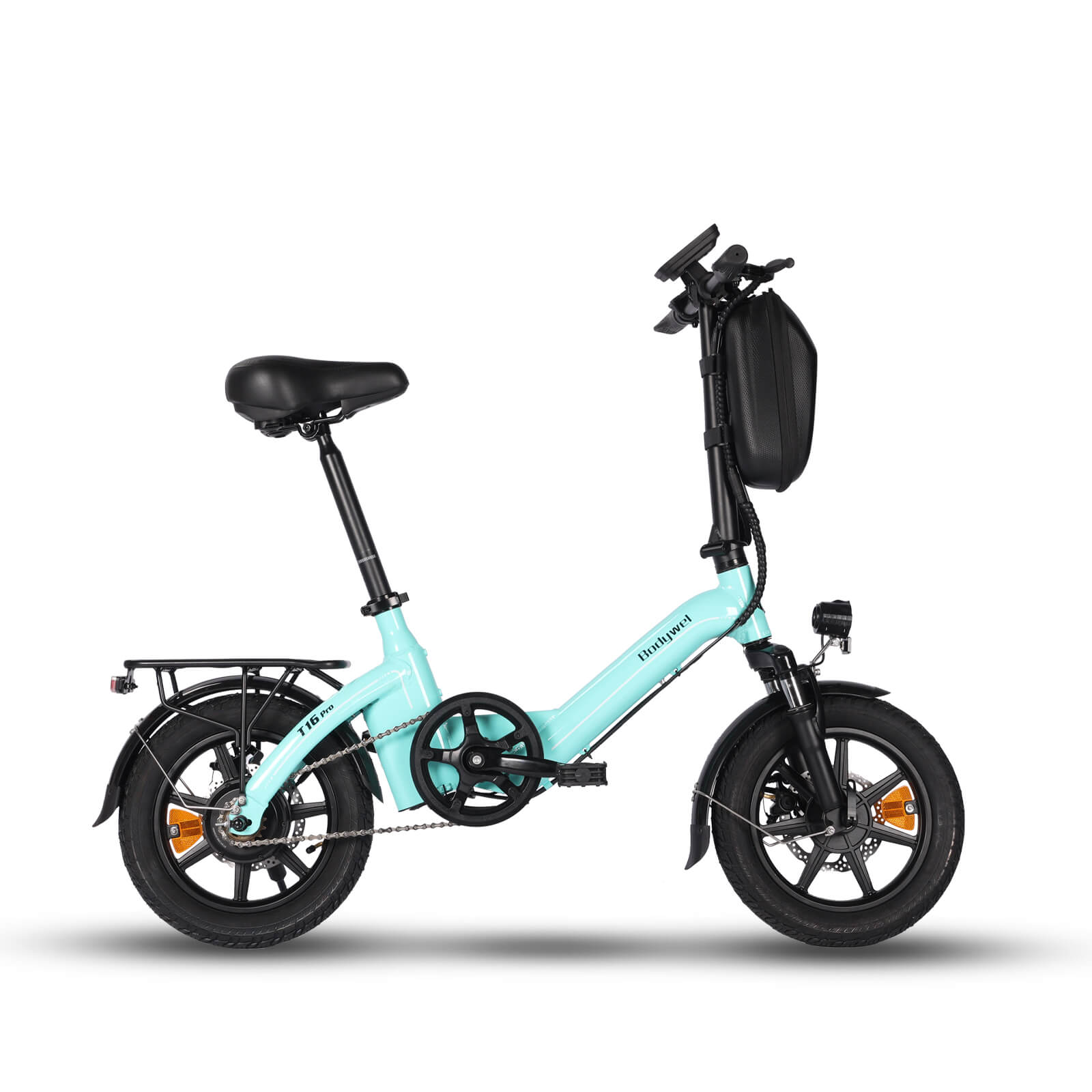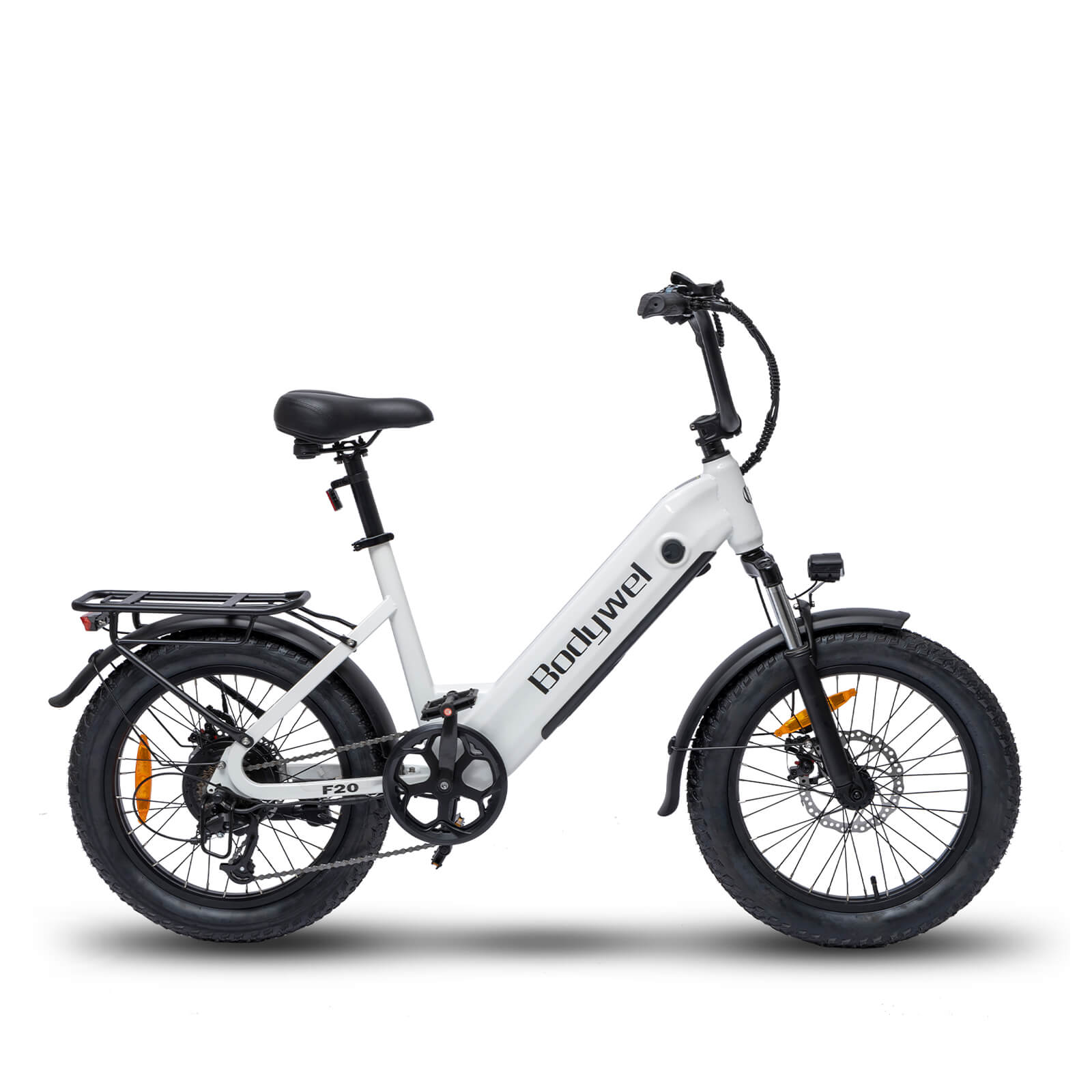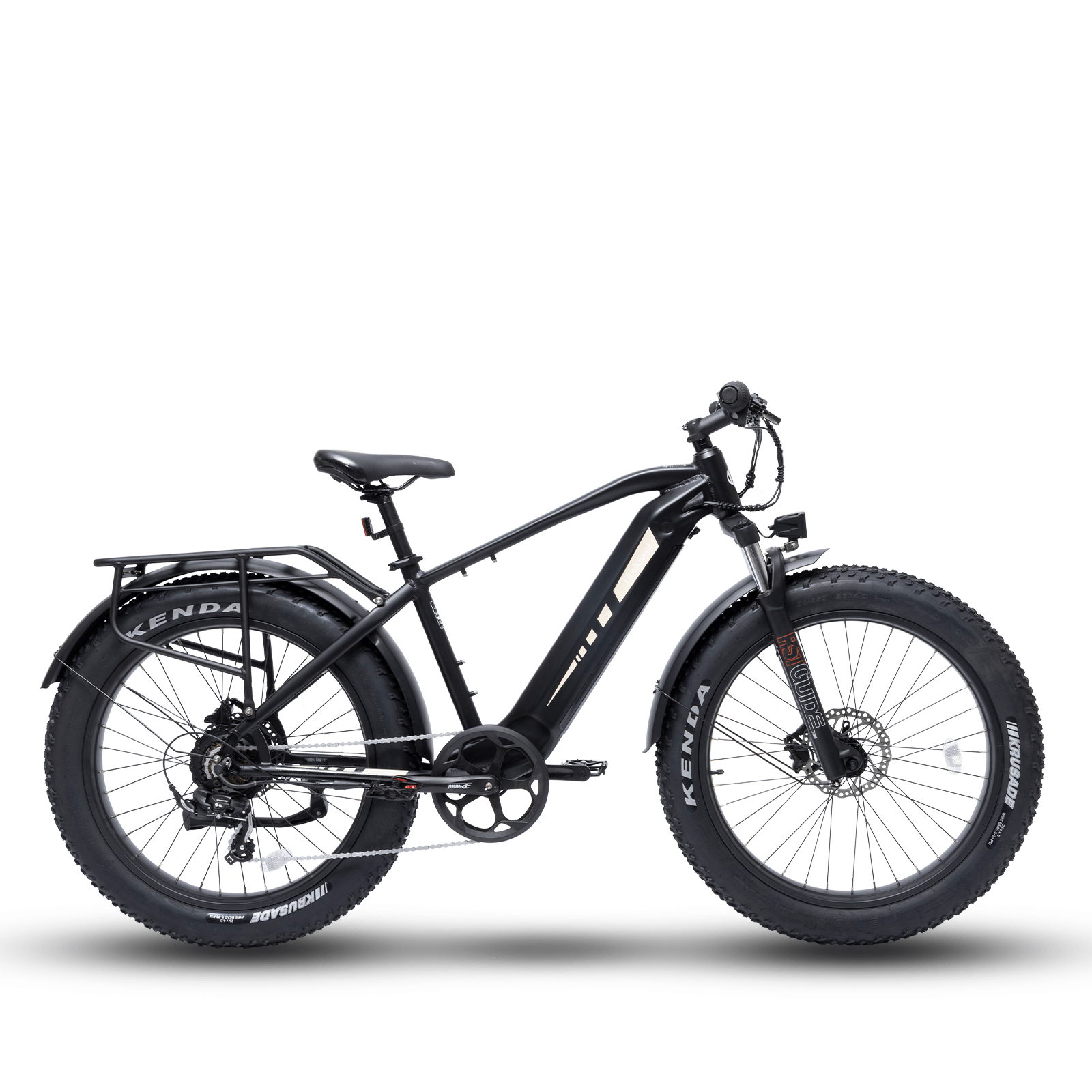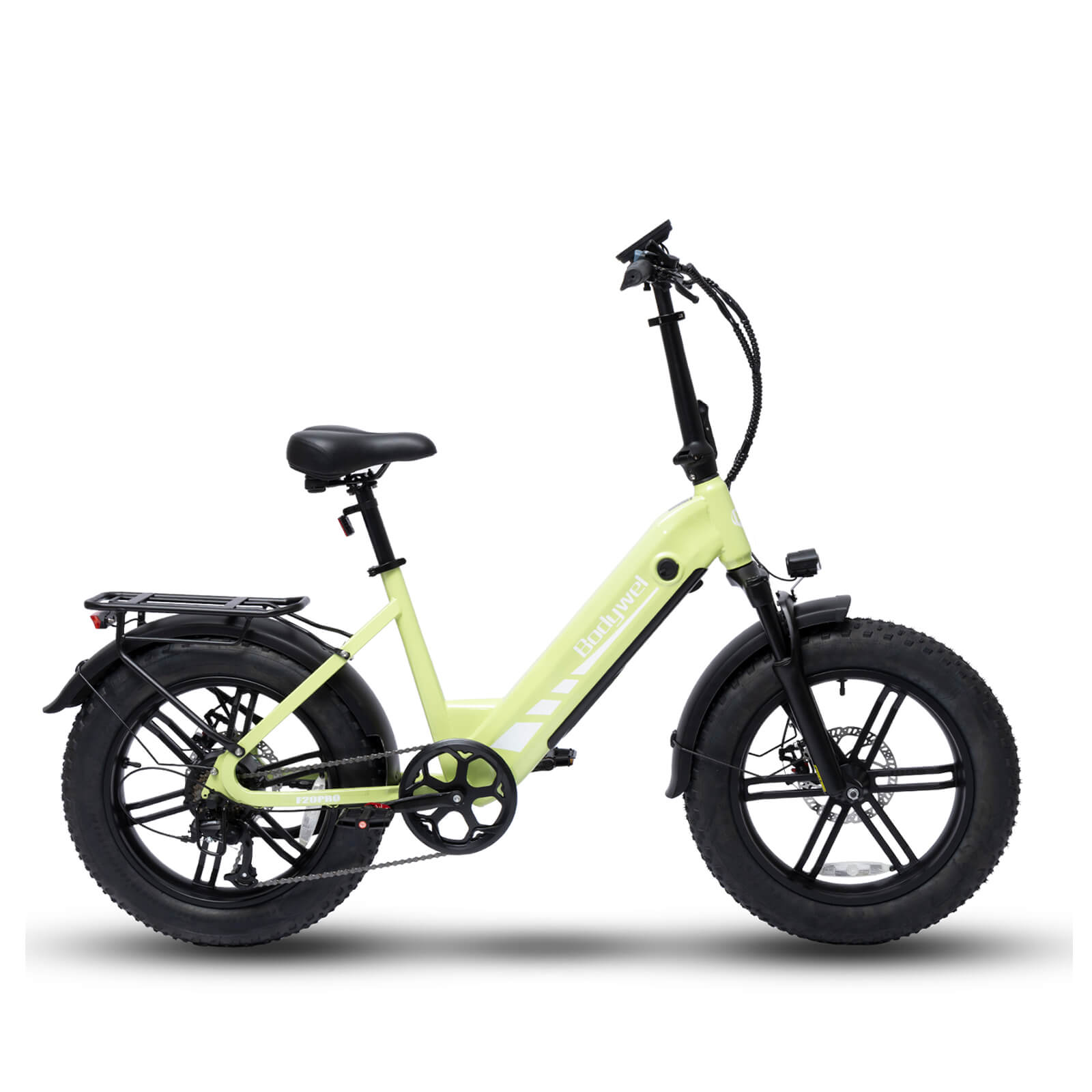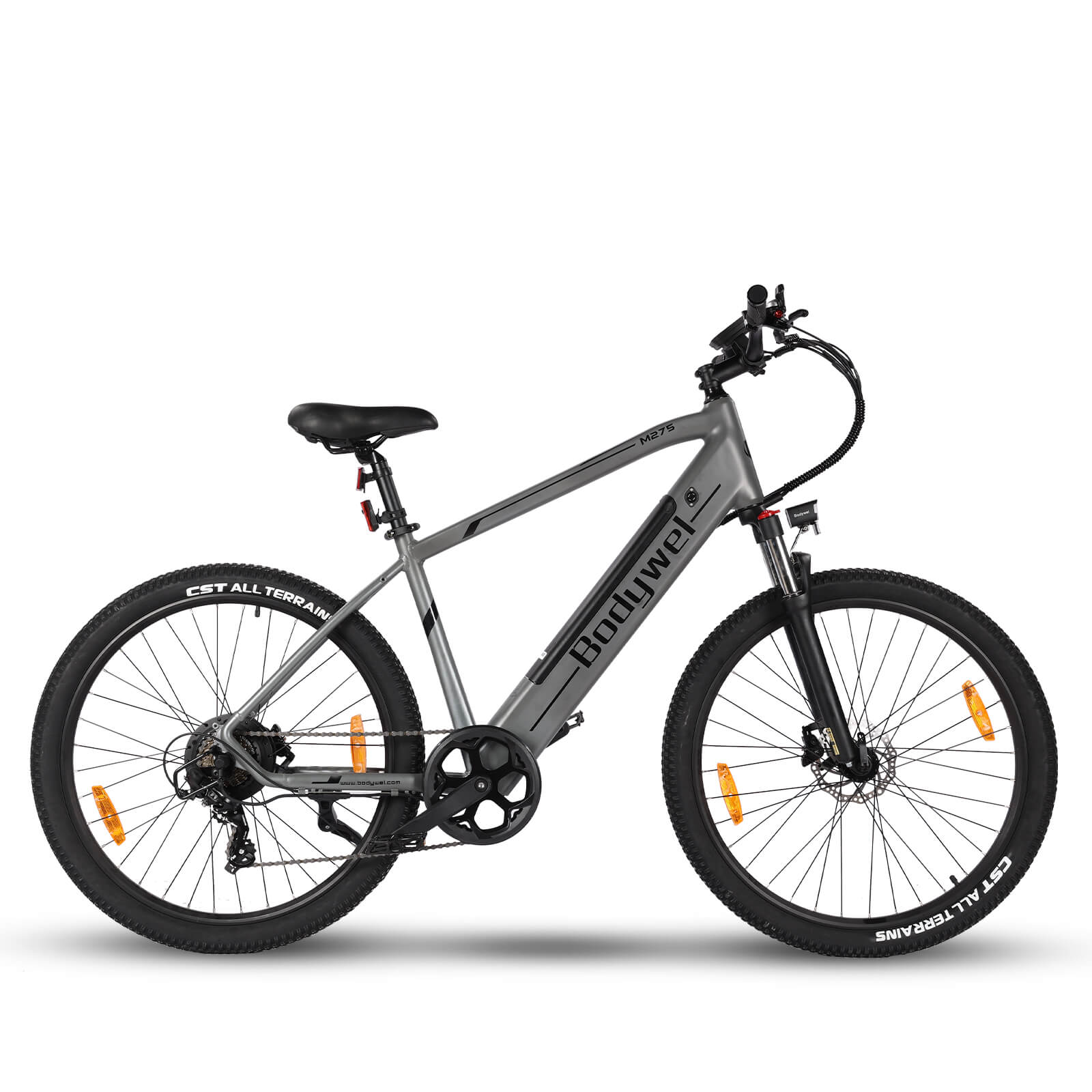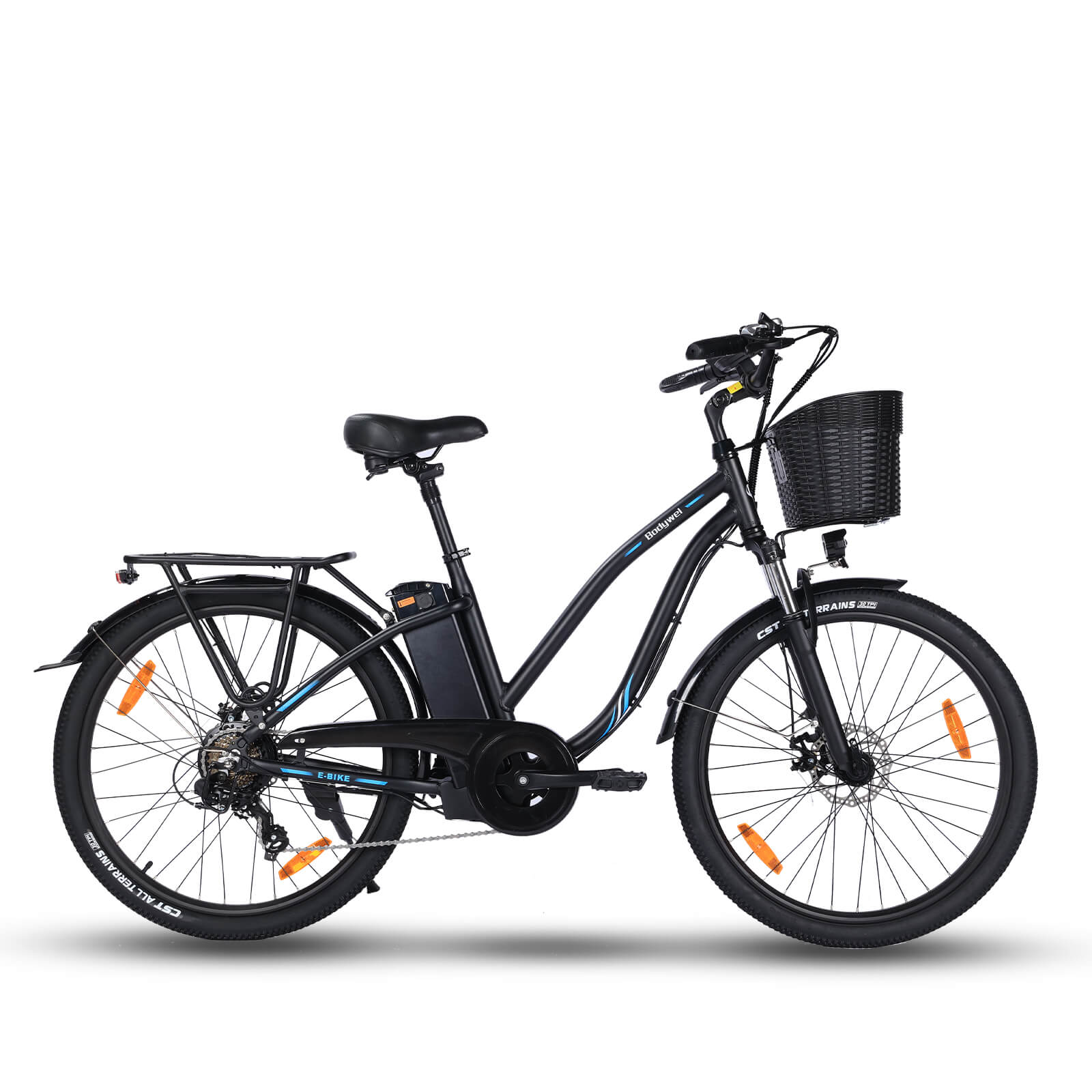5 Must-Know Facts Before Buying E Mountain Bikes in 2024

Electric mountain bikes (e-MTBs) are revolutionizing off-road cycling with enhanced power and versatility. Before investing in one for 2024, understanding motor types, battery life, terrain adaptability, legal regulations, and maintenance needs is critical for optimal performance and safety.
Motor Types: Mid-Drive vs. Hub-Drive
The choice between mid-drive and hub-drive motors significantly impacts your e-MTB's performance. Mid-drive motors, positioned near the cranks, offer better weight distribution and efficiency on steep trails, leveraging the bike's gears. Hub-drive motors, integrated into the wheel, are simpler and cheaper but may struggle on technical climbs. For serious trail riders, mid-drive systems like those from Bosch or Shimano are industry standards.
Battery Performance & Range Realities
Battery capacity (measured in Wh) dictates how far you can ride, but real-world range varies. A 500Wh battery may last 40 miles on eco mode but drop to 20 miles in turbo mode. Factors like rider weight, terrain, and assist level matter. Opt for removable batteries for easy charging, and check if the brand offers swappable options—key for extended backcountry rides.
Terrain Adaptability: Suspension & Frame Design
Full-suspension e-mountain bikes dominate rough trails, absorbing shocks with 120–160mm travel. Hardtails are lighter and cheaper but less forgiving. Frame geometry also matters: slack head angles (65–66°) enhance stability at speed, while shorter chainstays improve agility. Brands like Specialized prioritize adaptive designs for mixed-terrain performance.
Legal Regulations & Classifications
E-MTBs fall into three classes: Class 1 (pedal-assist up to 20mph), Class 2 (throttle-assisted), and Class 3 (28mph assist). Many trails restrict Class 2/3 bikes—verify local rules before buying. In the EU, motors must cut off at 25km/h (15.5mph) without throttles. Always check regional laws to avoid fines or trail access issues.
Maintenance Requirements for Longevity
E-MTBs demand more upkeep than traditional bikes. Waterproof connectors, regular drivetrain cleaning (due to higher torque), and battery care (avoid extreme temperatures) are essential. Invest in torque wrenches for motor bolts and schedule annual professional checkups. Brands like Trek offer specialized service programs for their electric mountain bike lines.
Key Takeaways
Prioritize mid-drive motors for technical trails, validate battery range claims, select suspension based on terrain, comply with local e-bike laws, and adhere to strict maintenance schedules. Test-riding multiple models—such as those from Giant or Canyon—will help identify the best fit for your 2024 adventures.
0 commentaire




